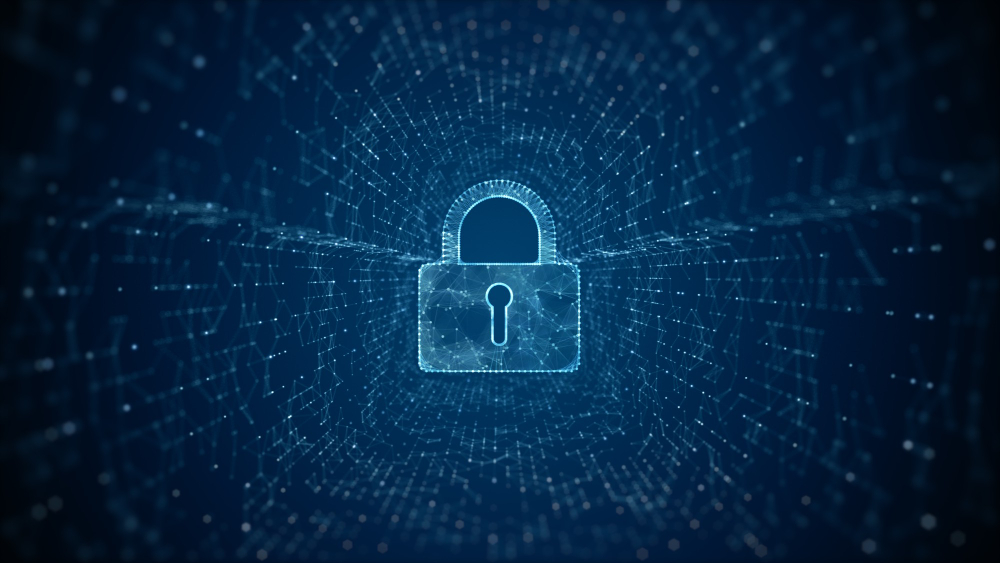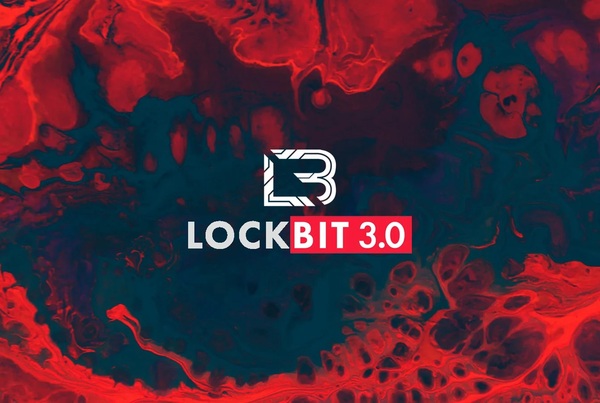The average cost of a U.S. data breach last year was $9.44 million. Of those companies that suffered a breach, 60% were forced into bankruptcy within six months. No one wants to end up a statistic like that. Hence, the priority of cybersecurity has increased as a growing concern for businesses in all industries.
Security risks come in many forms, from cyberattacks, phishing and data breaches to insider threats and vulnerabilities in Internet of Things (IoT) devices. However, most businesses don’t know where to begin and have limited resources and small IT teams, if any at all.
In this article, I’ll show you what you should be on the lookout for and what high-priority solutions you can employ to address the top cybersecurity issues in 2023.
First things first—let’s look at the cybersecurity threats to be aware of.
• Cyberattacks: Cyberattacks are an increasingly common occurrence in today’s digital age. These attacks can take many forms, such as malware infections, phishing scams, ransomware and network intrusions. One of the most common types of cyberattacks is ransomware: software designed to encrypt a computer system, making it unusable and holding the company hostage for a ransom paid in cryptocurrency, often bitcoin.
• Data Breaches: A data breach is a security incident in which sensitive, confidential or protected data is accessed, disclosed or stolen by unauthorized individuals. These breaches can have severe consequences for organizations and individuals whose information has been compromised. There are many ways data breaches can occur. Some standard methods include hacking, malware infections and phishing scams.
• Phishing Attacks: Phishing is a common type of cyberattack in which the attacker uses fake emails, text messages or websites to trick the victim into giving away sensitive information, such as login credentials or financial information. These attacks can be challenging to recognize, as the attackers often use branding designed to mimic that of legitimate companies or organizations.
• Insider Threats: Insider threats are a type of security risk that occurs when an individual with authorized access to an organization’s systems, networks or data misuses that access to cause harm. Insider threats can come from several sources, including employees who intentionally or unintentionally cause damage, contractors who have access to sensitive information and third-party vendors who have access to an organization’s systems. Insider threats can be challenging to detect and prevent, as the individuals involved often have legitimate access to the systems and data they’re compromising.
• IoT Security Risks: This refers to the growing network of connected devices that can communicate and exchange data over the internet. These devices, which include everything from smart thermostats, security cameras and intelligent lightbulbs to medical devices and industrial equipment, can revolutionize the way we live and work. However, as the number of connected devices continues to grow, so does the risk of security breaches and other threats. One of the main challenges of IoT security is that few devices have good protection built in.
The top five things you can do to protect yourself right now are the following.
1. Use multifactor authentication (MFA): This is ubiquitous today and available on most platforms for free. Using MFA is the simplest and most impactful way to protect your accounts with the highest rate of return. Microsoft has reported that 99.9% of all compromised accounts lacked MFA. MFA is available to nearly every organization—all you need to do is turn it on and enforce its use. Indeed, you should turn on MFA on all your accounts, including your social media platforms, email and communication tools and other common business websites.
2. Enable good password management: Good password management is complex and essential, and passwords need to be everywhere. But they don’t have to be hard to manage. Password management solutions aren’t expensive—in fact, some are free and built into your systems, such as Apple’s iCloud Keychain and Google Password Manager. Some companies have robust versions that work on many platforms, such as NordPass, RoboForm and 1Password, which also have versions for businesses that store your MFA token, so you don’t need a separate authenticator app like Google’s or Microsoft’s.
3. Audit user accounts: Add a reminder to your calendar to review accounts quarterly. Ensure former employees no longer have active accounts in your system and that all active account holders are limited only to what they require to do their jobs. This is called the principle of least privilege.
4. Update software: Ensure all your computers are up to date with the latest operating systems, patches, application updates and antivirus software. Outdated computers and devices pose a security risk to your entire organization. Enable automated updates and reduce your risk.
5. Perform regular backups: Disaster will strike—it’s not a question of if but when. Be prepared for this inevitability by backing up all computers and data you depend on to keep your business functioning. “Trust but verify” that your backups work by testing the recovery process regularly. Backups are your insurance policy: It’s not sexy, but you’ll be thankful you have it when disaster strikes. Enlist a professional to help ensure you’re protected. The complexity of interdependent systems can make it difficult, and you don’t want any data slipping through the cracks.
Businesses are increasingly at risk of cyberattacks and security threats. SMEs, in particular, have fewer resources and less advanced security measures than giant corporations. Therefore, security can become an oversight, making companies attractive targets for attackers who see them as an easy opportunity.
The consequences of a security breach can be severe. In addition to financial losses, a business may suffer damage to its reputation, which can be challenging to recover. Customers may also lose trust in the company and may be less likely to do business with it. For these reasons, companies must prioritize security to protect their business and customers. By taking these steps to improve their security posture, businesses can better protect their operations and customers from the risks posed by cybersecurity threats.








